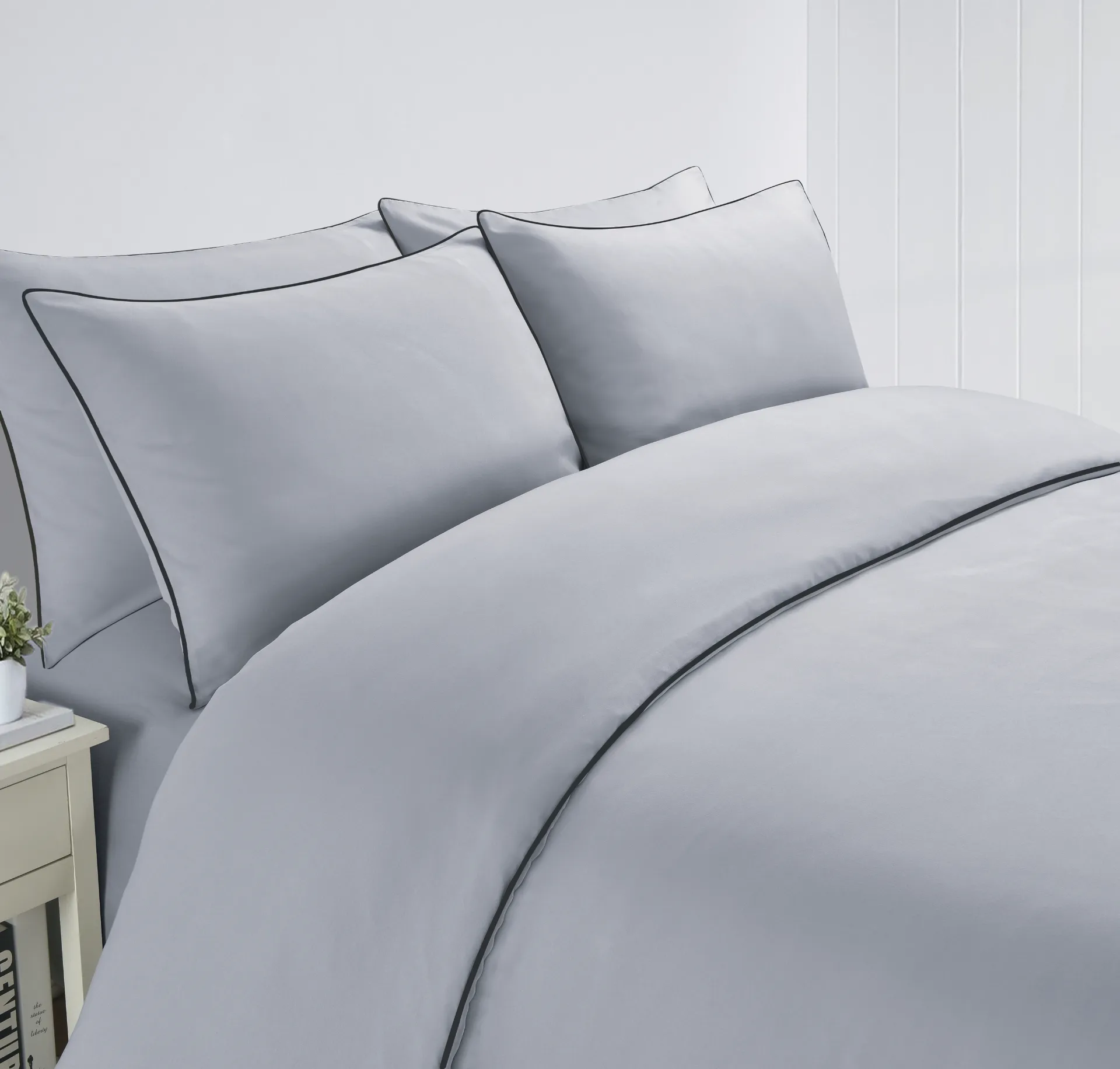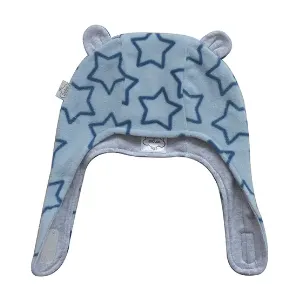Fire Flame Retardant Fabric - Durable Safety Material for High Heat
- Understanding Fire Flame Fabric: Basics and Innovations
- Technical Advantages of Flame Retardant Materials
- Manufacturer Comparison: Key Metrics and Certifications
- Custom Solutions for Industrial and Commercial Needs
- Real-World Applications Across Industries
- Performance Testing and Compliance Standards
- Why Fire Flame Fabric is the Future of Safety

(fire flame fabric)
Understanding Fire Flame Fabric: Basics and Innovations
Fire flame fabric, also known as flame retardant material fabric, is engineered to resist ignition and slow combustion. Unlike traditional textiles, these fabrics undergo chemical treatments or integrate inherently non-flammable fibers like aramid or modacrylic. For instance, flame retardant cotton fabric combines natural fibers with additives to achieve a Limiting Oxygen Index (LOI) of 28% or higher, significantly reducing flammability.
Technical Advantages of Flame Retardant Materials
Modern flame retardant fabrics excel in durability and safety. They withstand temperatures up to 600°C for 30 seconds without melting, as per ISO 15025 standards. Advanced variants feature hydrophobic coatings, reducing water absorption by 70% while maintaining breathability. These materials also resist UV degradation, ensuring a 10-year lifespan under harsh conditions.
Manufacturer Comparison: Key Metrics and Certifications
| Manufacturer | LOI (%) | Certifications | Price per m² | Lead Time |
|---|---|---|---|---|
| TexTech | 32 | UL 94, NFPA 701 | $18.50 | 14 days |
| Milliken | 30 | EN 13501-1 | $22.80 | 21 days |
| Klopman | 29 | ISO 6330 | $16.90 | 10 days |
Custom Solutions for Industrial and Commercial Needs
Customization options include fiber blends (e.g., 60% cotton + 40% FR polyester), weight adjustments (200-500 g/m²), and specialized coatings. For aerospace applications, fabrics achieve a heat release rate below 65 kW/m² (FAR 25.853 compliance). Modular designs allow rapid prototyping, with samples delivered in 72 hours.
Real-World Applications Across Industries
Case Study 1: A automotive manufacturer reduced cabin fire risks by 92% using flame retardant cotton fabric in seat liners. Case Study 2: Data centers improved cable tray safety with TexTech’s UL-certified fabrics, cutting installation costs by 15% versus metal alternatives.
Performance Testing and Compliance Standards
Third-party testing validates critical metrics:
- Vertical flame spread ≤ 150 mm (ASTM D6413)
- Smoke density ≤ 450 (ASTM E662)
- Tensile strength retention ≥ 80% after 500 wash cycles
Why Fire Flame Fabric is the Future of Safety
As global fire safety regulations tighten (e.g., EU’s CPFR 2025), fire flame fabric
adoption is projected to grow 8.3% annually through 2030. Its versatility in blending safety with aesthetics positions it as the optimal choice for industries prioritizing both compliance and design.

(fire flame fabric)
FAQS on fire flame fabric
Q: What is fire flame fabric?
A: Fire flame fabric is a specially treated or inherently flame-resistant textile designed to resist ignition, slow flame spread, and self-extinguish when exposed to fire or high heat.
Q: How does flame retardant material fabric work?
A: Flame retardant material fabric undergoes chemical treatments or incorporates fibers that release fire-inhibiting gases or form protective char layers when exposed to flames, reducing combustion.
Q: What distinguishes flame retardant cotton fabric from regular cotton?
A: Flame retardant cotton fabric is chemically treated to resist ignition and slow burning, whereas untreated regular cotton ignites quickly and burns rapidly in fire scenarios.
Q: Are flame retardant fabrics completely fireproof?
A: No, flame retardant fabrics are not fireproof—they resist ignition and slow fire spread but will eventually degrade under prolonged exposure to intense flames or extreme heat.
Q: How should flame retardant fabrics be cleaned to maintain effectiveness?
A: Follow manufacturer guidelines, typically using mild detergents and avoiding bleach or fabric softeners, as harsh chemicals can degrade flame-retardant treatments over time.
-
Hotel Textiles: The Backbone of Luxurious HospitalityNewsJul.15,2025
-
Exploring the World of Home Fashion TextilesNewsJul.15,2025
-
Bedding Textiles: The Perfect Blend of Comfort and StyleNewsJul.15,2025
-
Baby Accessories for Newborns: Essential Items for Your Little OneNewsJul.15,2025
-
Airplane Comfort Accessories: Enhance Your Travel ExperienceNewsJul.15,2025
-
Air Travel Blanket: The Ultimate Comfort for Your JourneyNewsJul.15,2025
- Product Categories
- • Hospital Used Fire Retardant Bedding
- • Hotel Textiles
- • Airline Textiles
- • Hometextiles
- • Infant Cloth
- Quick Links
- • Home
- • Products
- • About us
- • News
- • Contact
- Contact Us
-
Tel: +8631187701449
-
Fax: +86 311 8770 1444
-
E-mail: sale@hometex-suntex.com




